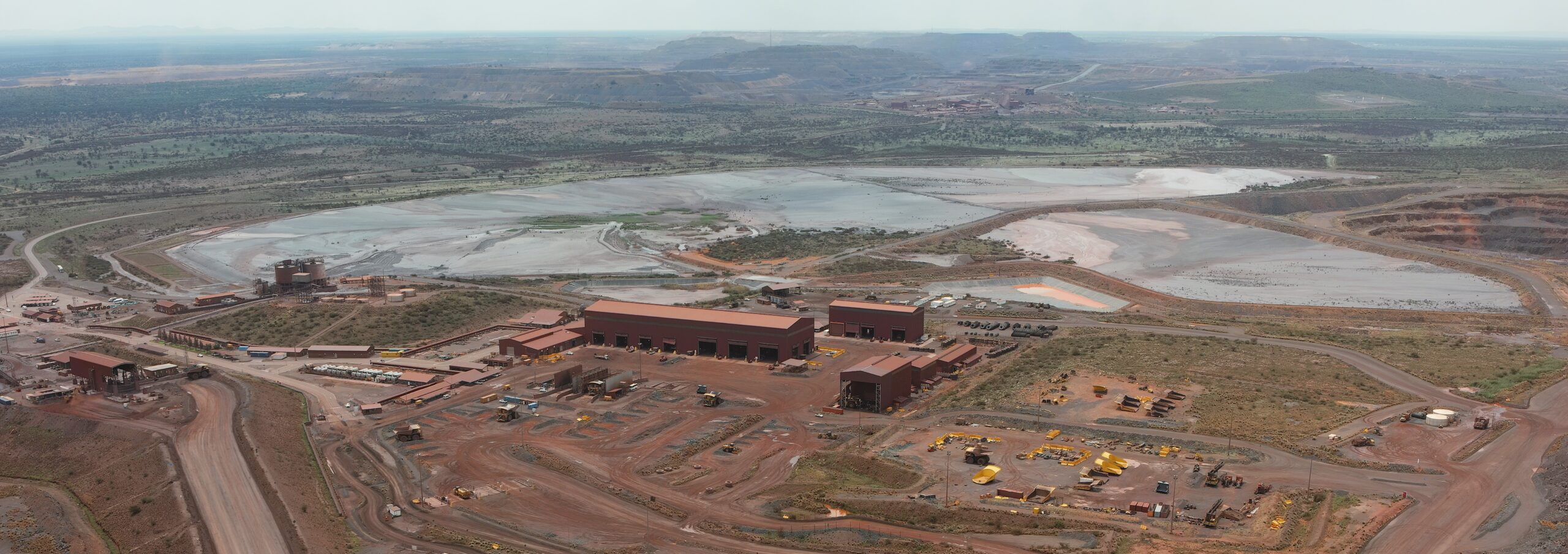Our products in a modern world
Iron ore
Iron (symbol Fe) is the most-common metallic element in the universe, and the third most-common component of our planet. It is also one of three naturally magnetic elements – alongside cobalt and nickel – and the most magnetic of these.
Globally, there are an estimated 800 billion tonnes of iron-ore resources, containing over 230 billion tonnes of iron. The largest iron ore-producing nations include Russia, Brazil, China, Australia, India and the USA.
Iron ore is the raw material used to make pig iron, in turn a key input for making steel. Raw iron is alloyed with a number of elements (eg tungsten, manganese, nickel, vanadium, chromium) to strengthen and harden it into steel for construction, automobiles, and other forms of transport such as trucks, trains and railway tracks.
China produces around half of the world’s steel, followed by India, Japan, the USA, South Korea and Russia. Together, they produce over three-quarters of global steel supply.
Almost all mined iron ore is used for making steel – one of the most useful materials ever created and the catalyst behind a step-change in global development and convenience. Although first recorded in the 11th century for making Damascus steel for sword blades, steel production was the key driver of the second industrial revolution, historically a period of significant global change and generally dated between 1870 and the start of World War I. Steel helped drive industry by enabling mass manufacture more cost effectively, in turn advancing globalisation and urbanisation. During this period, predominantly agrarian, rural societies in Europe and the USA became industrialised and urbanised. Prior to this, manufacturing was often done in people’s homes, using hand tools or basic machines. Industrialisation marked a shift towards powered, special-purpose machinery, factories and mass production. The iron and textile industries, along with the steam engine, played central roles in the industrial revolution, improving standards of living, advancing life expectancy and supporting increases in population.
Steel is the world’s most important engineering and construction material. It is used in every aspect of our lives: in cars and construction products, household appliances, from cargo ships to surgical scalpels. Importantly, steel can be recycled repeatedly without losing its properties.
While secondary uses for iron ore and iron account for a fraction of consumption, they illustrate the versatility of natural resources:
• Powdered iron: used in metallurgy products, magnets, high-frequency cores, automobile parts, catalysts
• Radioactive iron (iron 59): in medicine, tracer element in biochemical and metallurgical research
• Iron blue: in paints, printing inks, plastics, cosmetics (eye shadow), artists’ colours, laundry blue, paper dyeing, fertilizer ingredient, baked enamel finishes for automobiles and appliances, industrial finishes
• Black iron oxide: as pigment, in polishing compounds, metallurgy, medicine, magnetic inks, in ferrites for electronics industry.
Manganese
Manganese is essential to iron and steel production as an alloy to harden steel, along with improving other properties. Hardened steel in turn is important in manufacturing construction materials like support beams, machinery and transportation. South Africa and the Ukraine account for over 80% of global manganese reserves.
In addition, manganese and iron are the main components of ferromanganese alloys. A ferroalloy containing around 80% manganese is also used in steelmaking.
High-manganese alloys provide a favourable combination and balance of properties to reduce the weight of vehicles while improving resistance against the effects of vehicle accidents.
